My goal is to design an arc slider which looks something like that
I have the following structure of the template
<svg width="500" height="300">
<path id="track" stroke="lightgrey" fill="transparent" stroke-width="20" d="
M 50 50
A 90 90 0 0 0 300 50
"/>
<path id="trackFill" fill="cyan" stroke-width="20" d="
M 50 50
A 90 90 0 0 0 [some dynamic value?] [some dynamic value?]
"/>
<circle id="knob" fill="lightblue" cx="[dynamic, initial - 50]" cy="[dynamic, initial - 50]" r="25"/>
</svg>
knob - the control which user is supposed to drag in order to change the value
track - the full arc of the slide
trackFill - the portion of the slider path before the knob
Is it possible to make trackFill cover the portion of the slider before the knob as it is being dragged along the slider curve? If so which APIs or CSS rules will help me to achieve such a result?
